I know, I know, I know. How can you be in any kind of a negative relationship with a man who’s better known as ‘The Horror Master,’ am I right? Honestly, I don’t always understand it myself. When I do take the time to mull it all over, I usually come back with this bottom-line clarification: I think he explores some incredible subject matter, I think he’s a genius with the camera, but I’ve often found the end results uneven, at best. When all is said and done, I struggle to pull some original thoughts from the experience, so I do tend to avoid speaking up (or writing about) on any of his projects until I’ve had ample time to cogitate the point of it all.
For example, I’ve long said that I don’t understand all the love he’s received throughout the years for The Thing (1982). (Take a breath, people, just TAKE A BREATH!) While I don’t dislike the film, I certainly don’t think it’s his best work. Yes, yes, yes, the practical effects are legendary, but you do know he didn’t do those himself, right? Of course, the craftsmen deserve the lion’s share of that credit, and I’m willing to let him bask in their glory (with respect), but the story is far too sedate for my liking. Again, there’s nothing wrong with it: I just don’t see it as his crowning achievement.
And – for that matter – neither is The Fog (1980).
From what I’m aware, he made this following his real breakout theatrical feature (1978’s Halloween, a picture that practically to this day still defines conventional slasher pictures); and, in some ways, I think it demonstrates the good and the bad in finding success in Hollywood. While one could argue that Halloween owes its triumph to its grim and trim intensity, The Fog by comparison seems like an attempt to shift the focus more toward what a mainstream audience might desire. It has some big names in it, as well, and though I can appreciate what a name talent might bring to the property it also kinda/sorta pushes much more toward a studio effort (as opposed to Carpenter employing some guerilla-style filmmaking in his earlier days). A bigger budget also means easier access to more glittery effects, and I think in some ways that cheapens the scare factor when you make a project more about its technical accomplishments than focusing on bringing frights to life.
(NOTE: The following review will contain minor spoilers necessary solely for the discussion of plot and/or characters. If you’re the type of reader who prefers a review entirely spoiler-free, then I’d encourage you to skip down to the last few paragraphs for the final assessment. If, however, you’re accepting of a few modest hints at ‘things to come,’ then read on …)
From the film’s IMDB.com citations:
“An unearthly fog rolls into a small coastal town exactly 100 years after a ship mysteriously sank in its waters.”
The beauty of setting any Horror property in what’s advertised to be a ‘small town’ of any type is that you pretty much have signaled one truth to your audience right out of the gate: somehow – and in some way – the locals at some point are going to have been involved in some wrongdoing. More than likely, it’s been covered up – maybe forgotten except for a fateful few – and before all of the blood is spilled so will, too, be the secrets that invariably set all of this affair into motion.
Given the fact that Carpenter never quite found his big screen success by ascribing to the predictable or formulaic (to a degree), I was aghast at just how much The Fog felt like a theatrical color-by-numbers production. Though not all of these predicaments were fully or even appreciably explained, I think it’s still fairly easy to see how all of these elements are going to fumble around in the murky light only to eventually come together in the last act. Why, there’s even a bit of a coda tagged on after what we’re led to believe was a winning finish, one that – like the big studios always do – hints that maybe – just maybe – things are far from over with the residents of Antonio Bay, California. Maybe the studio executives were unhappy with the happy ending? Stranger things have happened.
Setting aside some of my disillusionment with the entire film, I’ll still give props to what I think was a stellar and undeniably fabulous first half. Ignoring a few narrative quibbles, the set-up to so very much of The Fog’s circumstances is the stuff of legend, even bringing in crack acting Thespian John Houseman to ‘set the stage’ for the nightmare that’ll unfold before your very eyes. Telling a ghost story around the campfire, the august star makes the most of some simple passages; and perhaps that’s how director Carpenter approached this film. Maybe he thought he was reinventing cinema’s ghost story? Honestly, there’s ghost of a chance of that happening once this one winds down, leaving Houseman’s scenes the highlight from an otherwise low tide.
Once this sleepy little berg is overrun by the mist, all bets are off as to things making perfect sense.
There’s a nebulousness to the … erm … spirits? (Pun intended.) I guess that’s what you’d call them. These ghosts come and go only within the fog itself, and, at times, they’re far less a phantom and more like spooky men in dark clothing. While I’m a big believer that if you can do something practically you should, I think seeing less of these shadowy figures physically would’ve been a good thing. While some have said that Hitchcock ‘invented’ the creeping visuals, I’ve always thought that it was Carpenter who truly perfected it; and I’m guess that I’m honestly surprised how little he relied on that gift in The Fog’s second half. All of it was rendered just too literally – with little room for speculation – and I find things scarier the more I have to think about them. That doesn’t happen here, and I think that cheapens the thrill.
Lastly, the fog itself was often rendered on film as a special effect instead of with machinery, and – dare I report? – it was just awful. It looked like a cheap optical magic act, one anyone could see through. An obvious bit of visual trickery added in post, it served no purpose other than to pull me out of the carnival attraction, to remind me that you’re only sitting here watching a film of this ride so there’s no need to be frightened. Clearly, the crew had access to the technology of fog machines – they were used in a handful of the better scenes in here – and that was the better approach to weaving this tale. I understand that, perhaps, there are limitations in producing that effect on the scale required; so maybe some other sequences should’ve been envisioned to replace efforts to damn obvious. Who knows? Sometimes smaller is better … infinitely so.
The Fog (1980) was produced by AVCO Embassy Pictures, E.D.I., and Debra Hill Productions.
Mildly recommended.
A winning premise can only carry any project so far, and – that said – the first half of John Carpenter’s The Fog is dynamic. It’s an incredibly staged, well-conceived ghost story … but it all crashes in disbelief when obvious special effects negate the rising tension, leaving this boat to crash on the shore in its big finish. A great cast gets utterly wasted in a predictable finish, one that probably couldn’t have been salvaged even with a tighter edit.
-- EZ

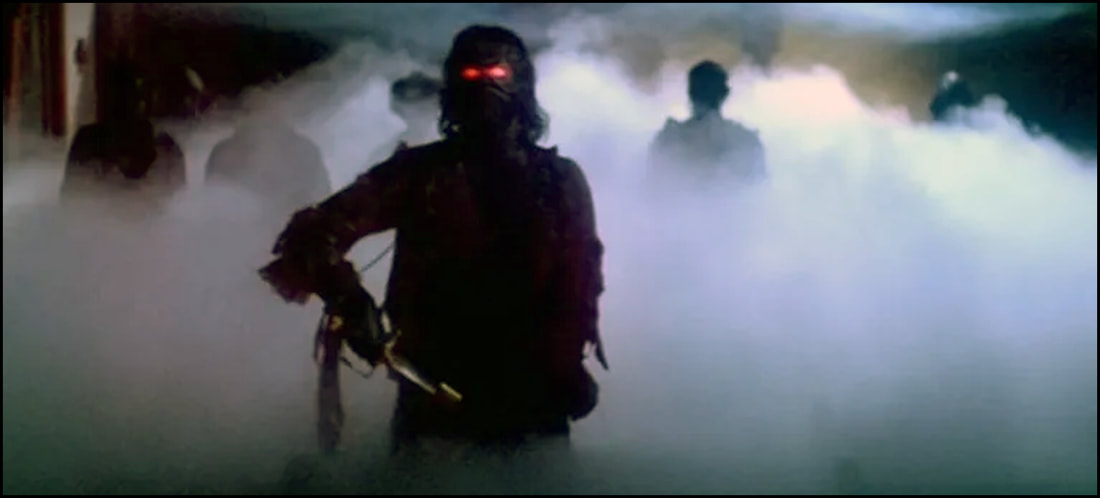
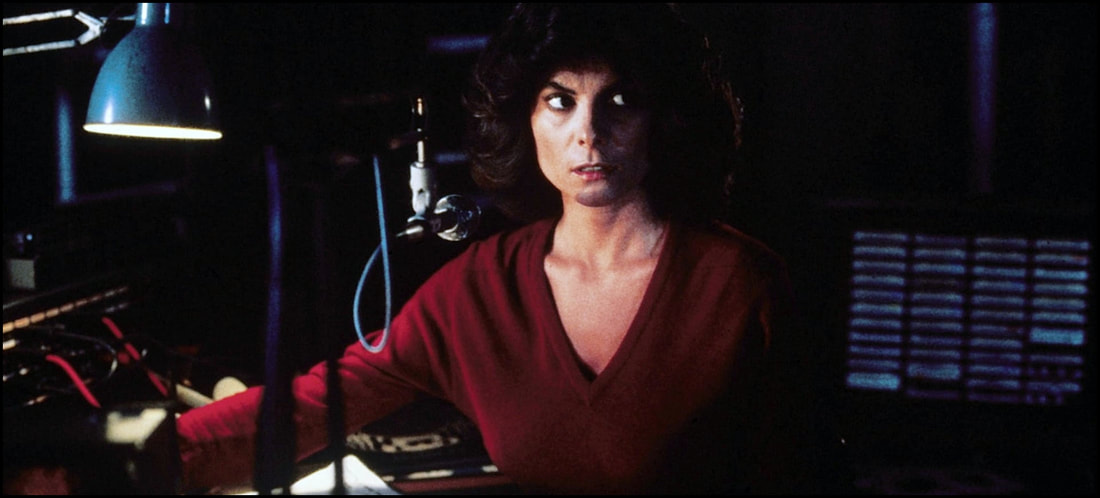
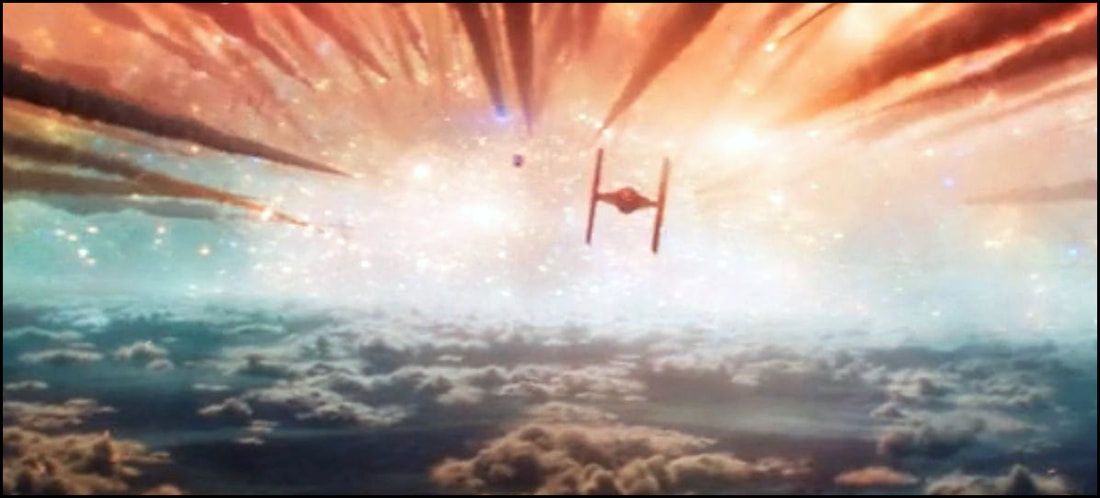
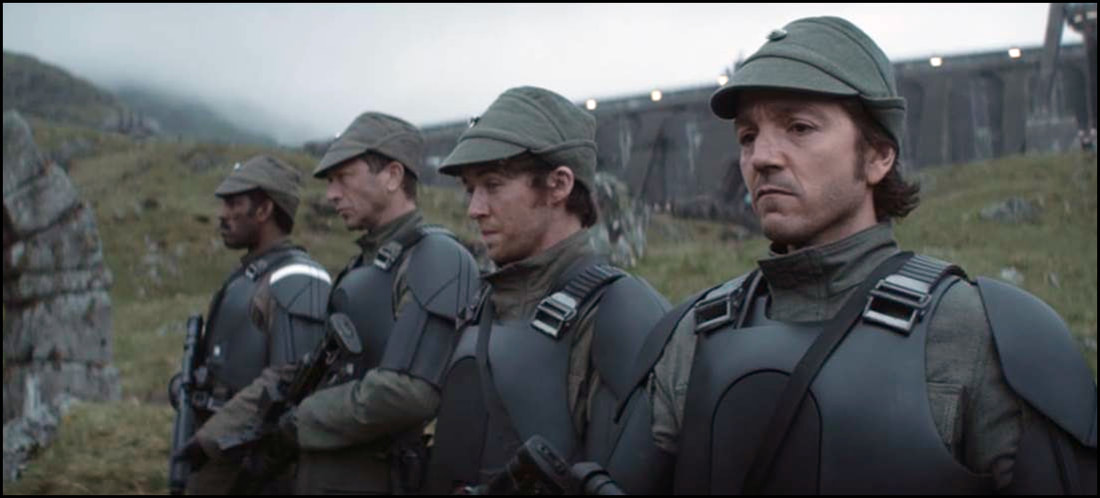
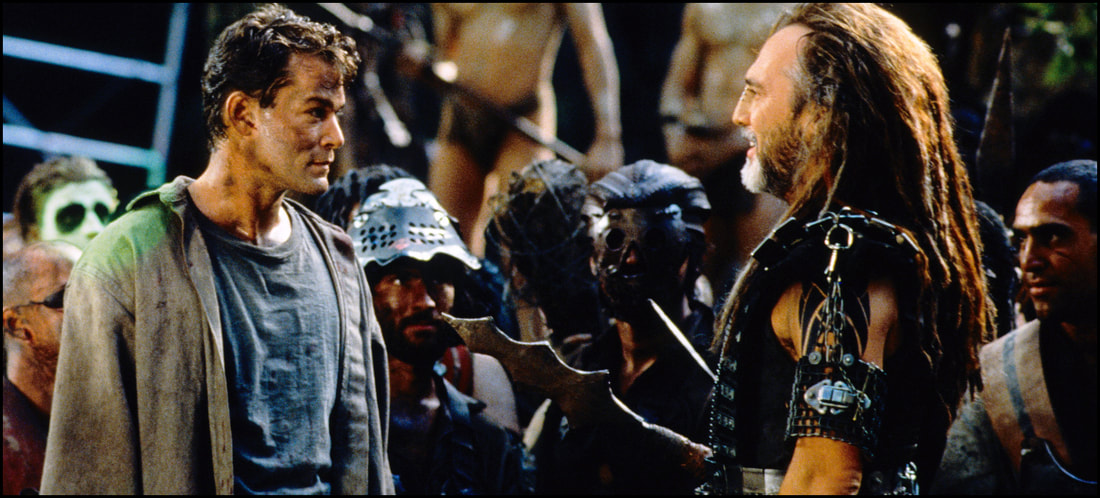

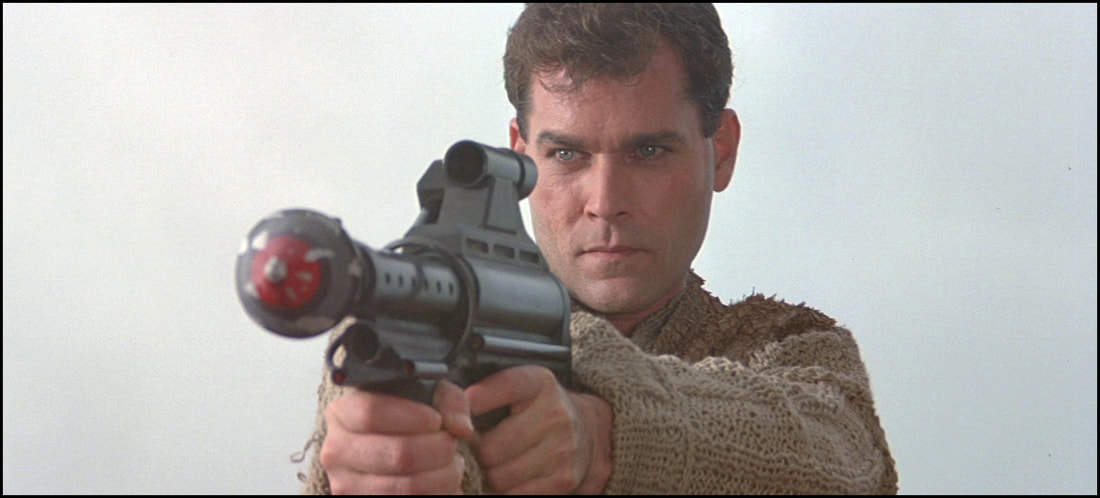
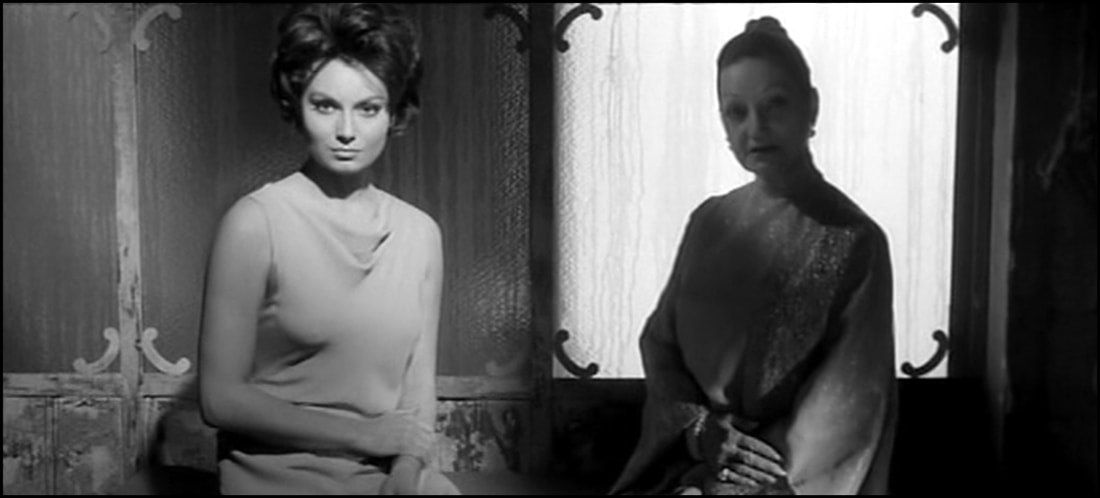
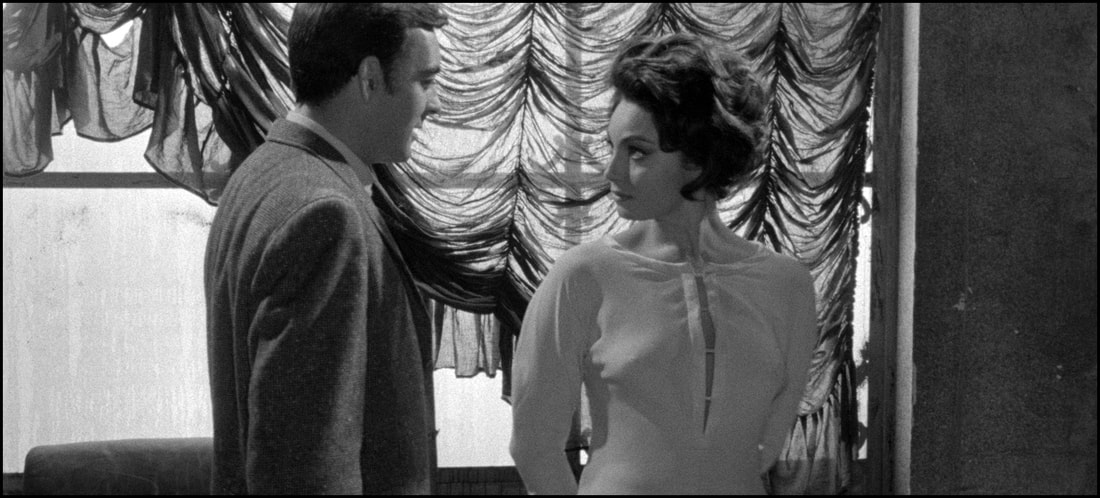
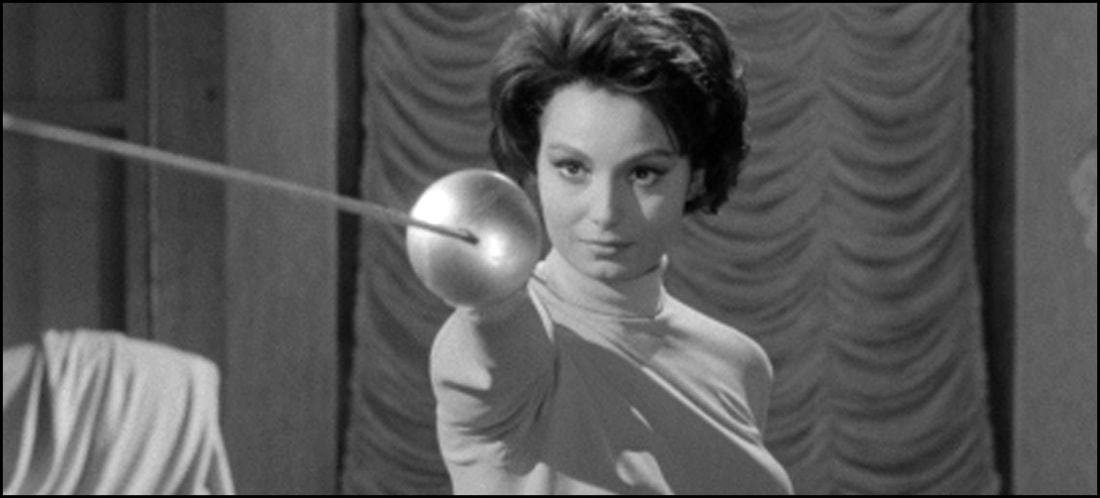
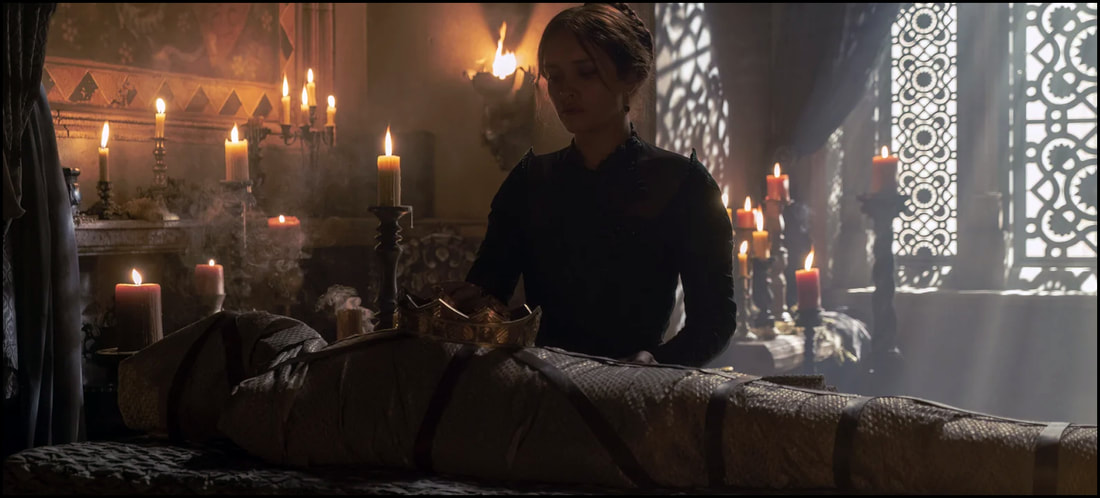
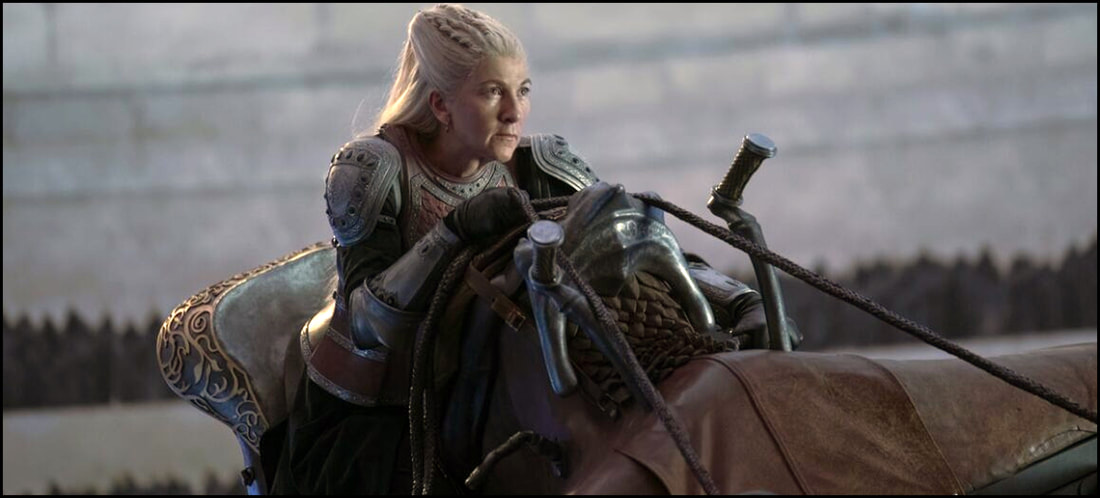
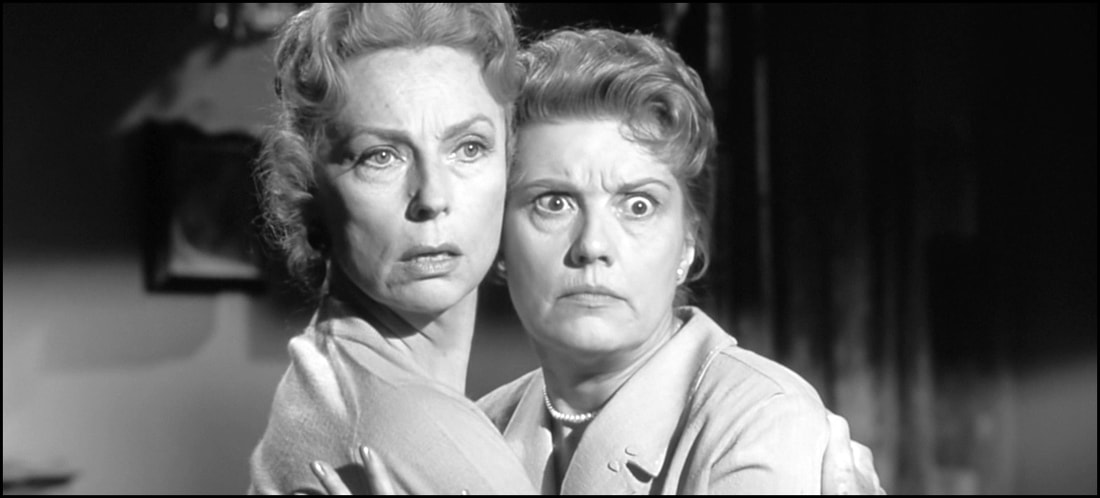
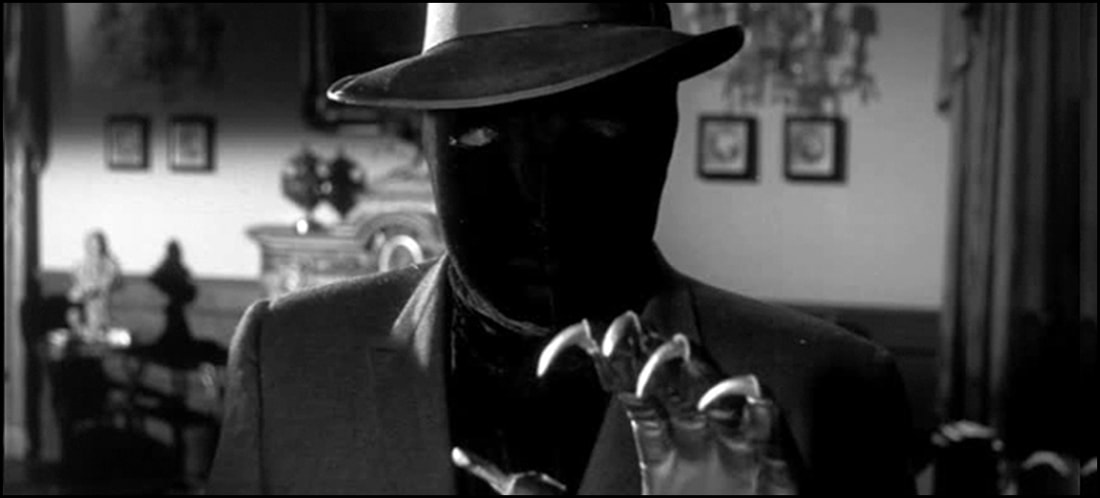
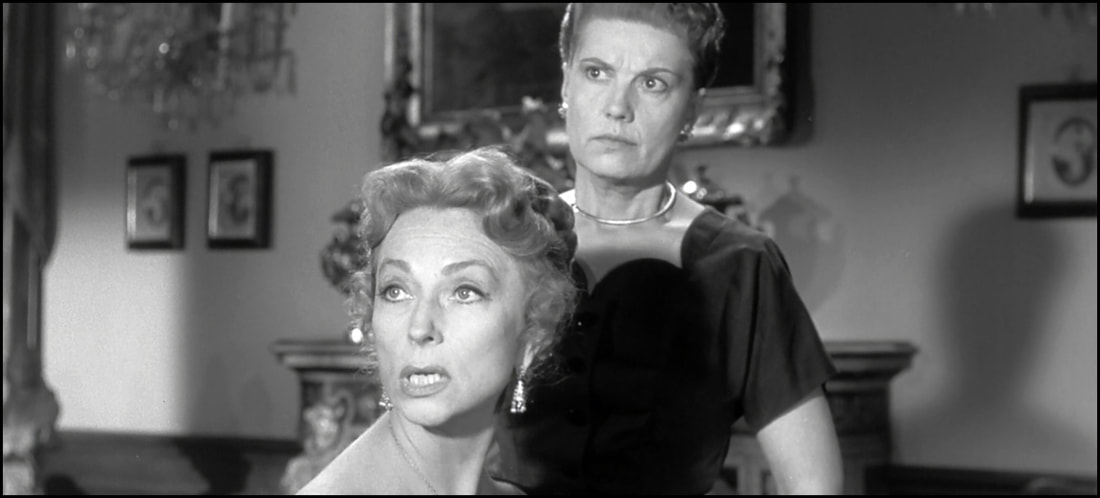







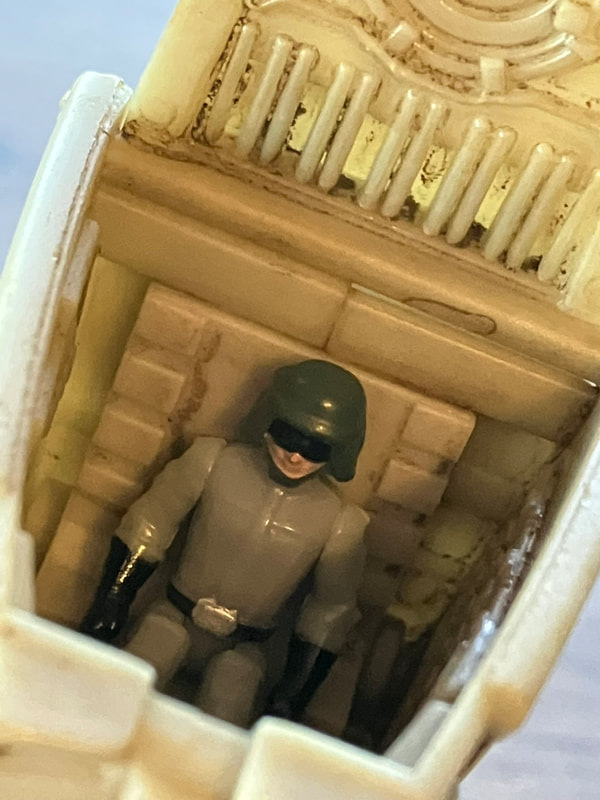

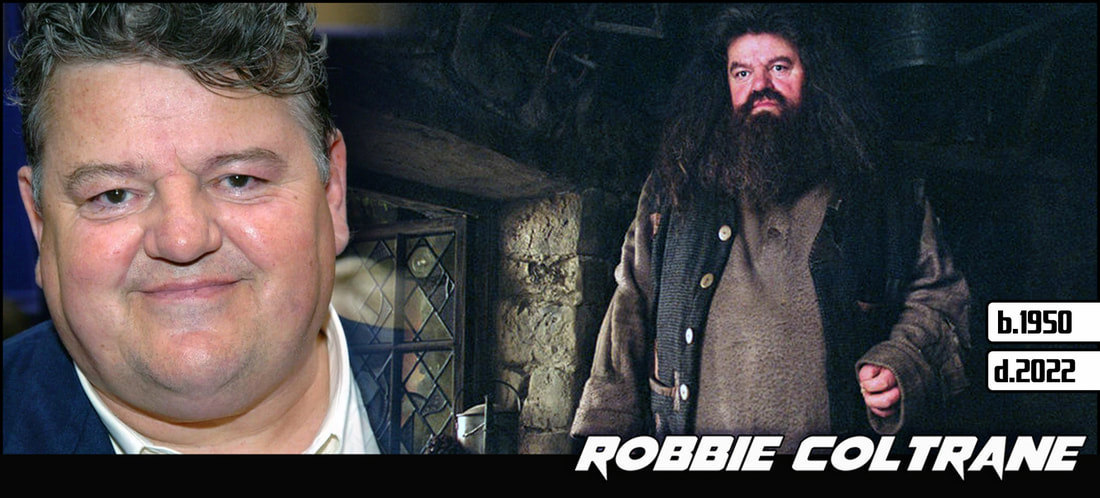
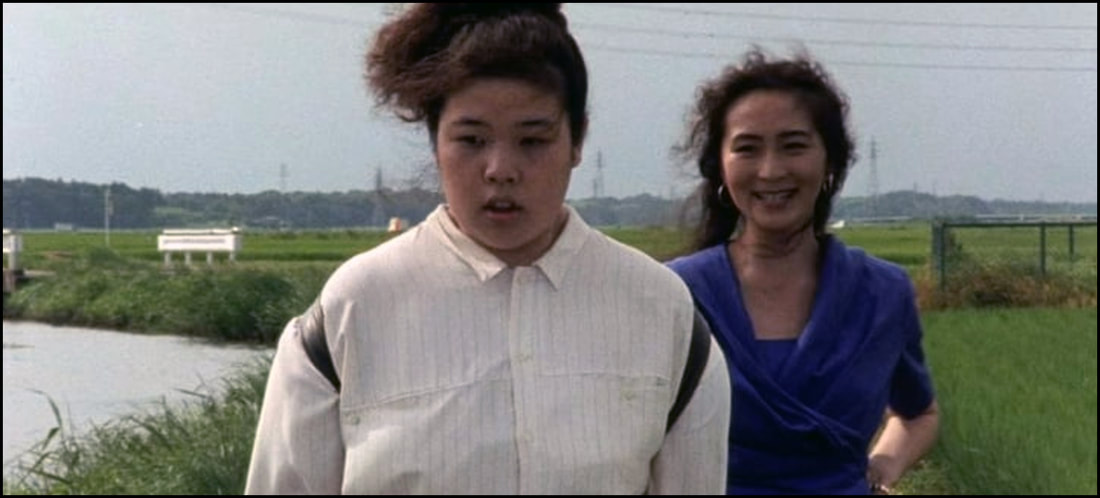
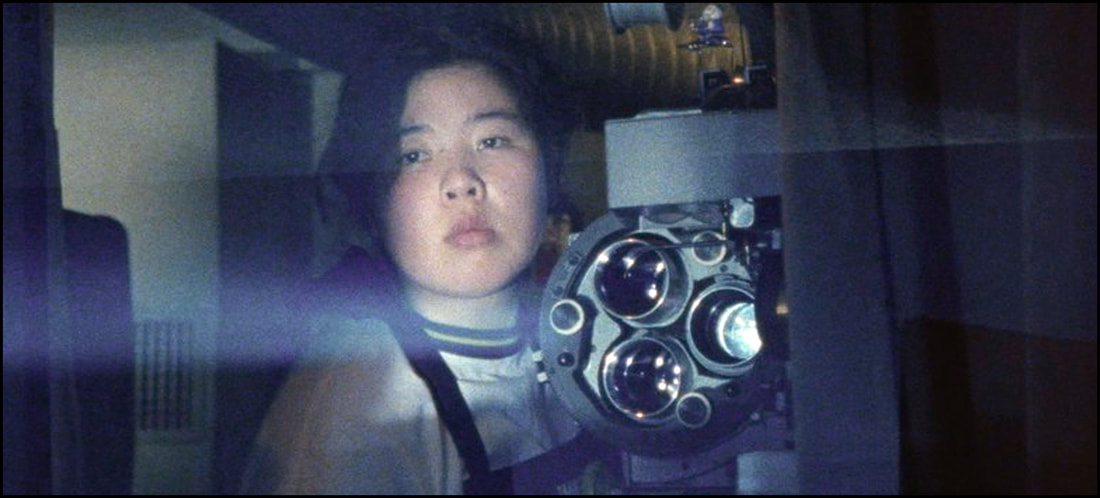
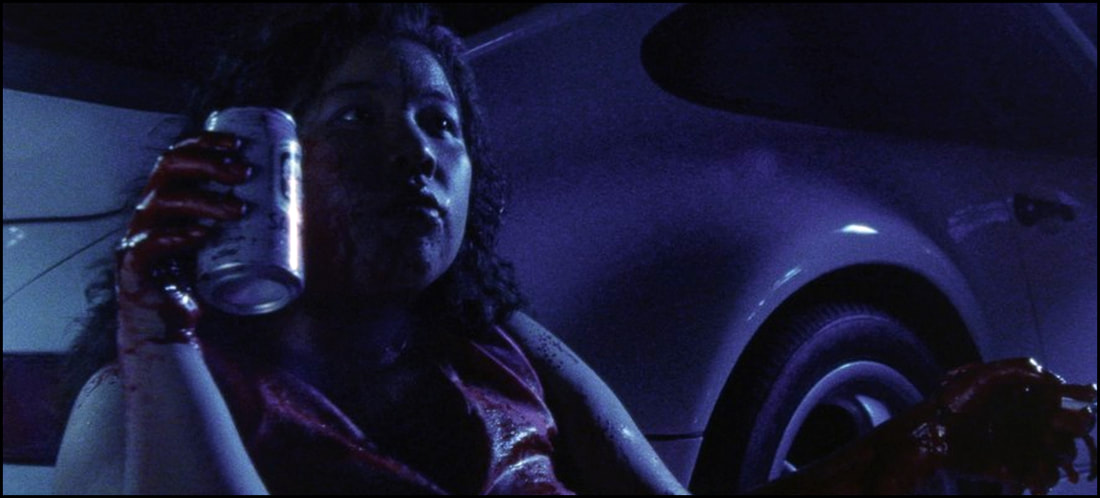

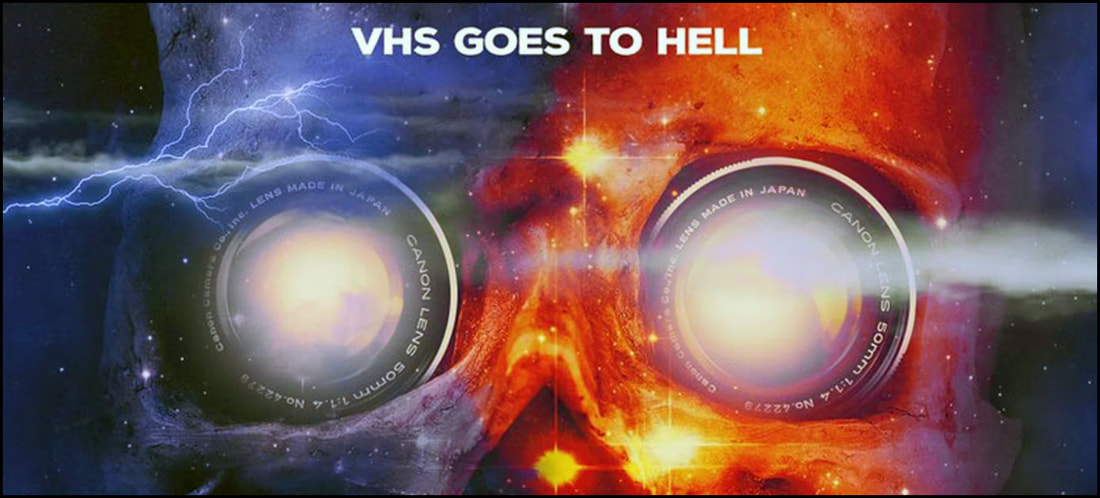
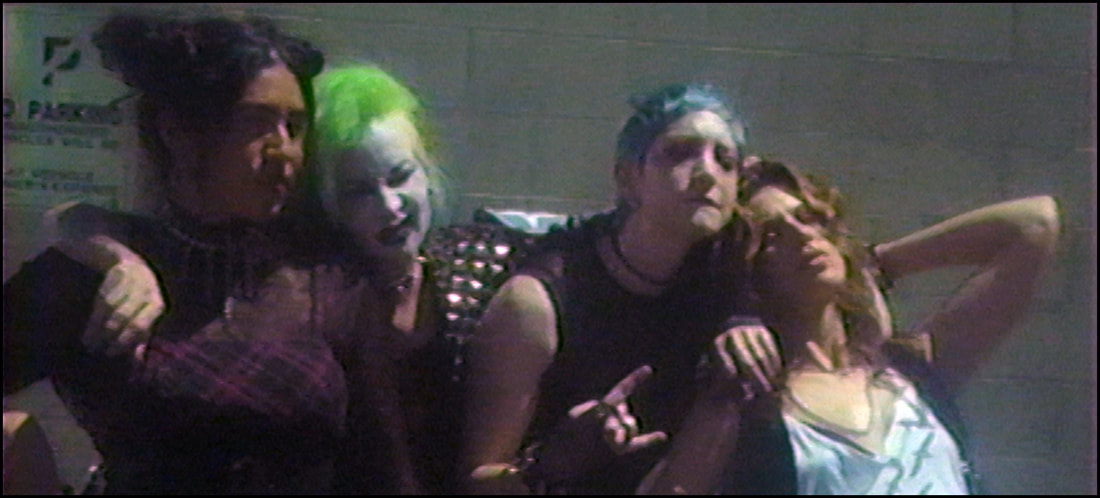
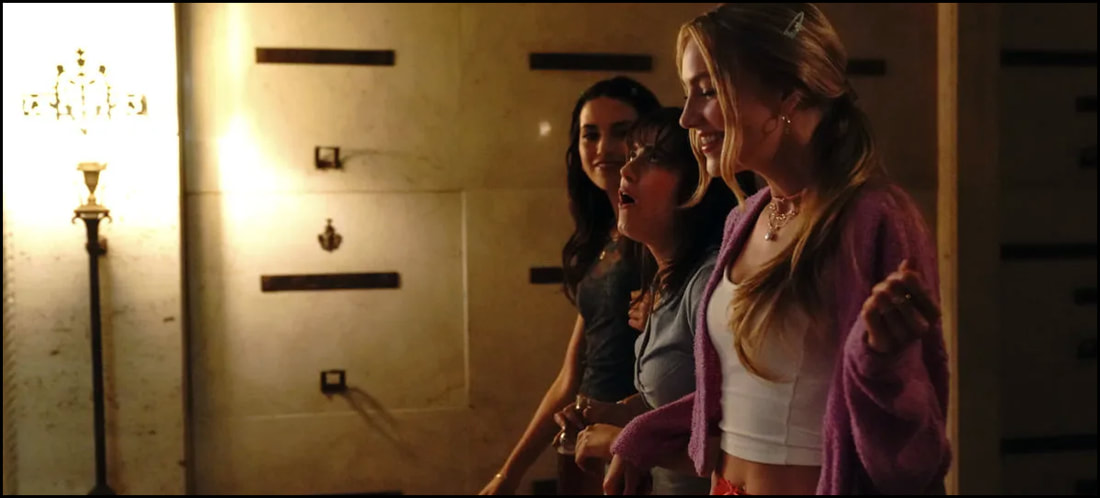
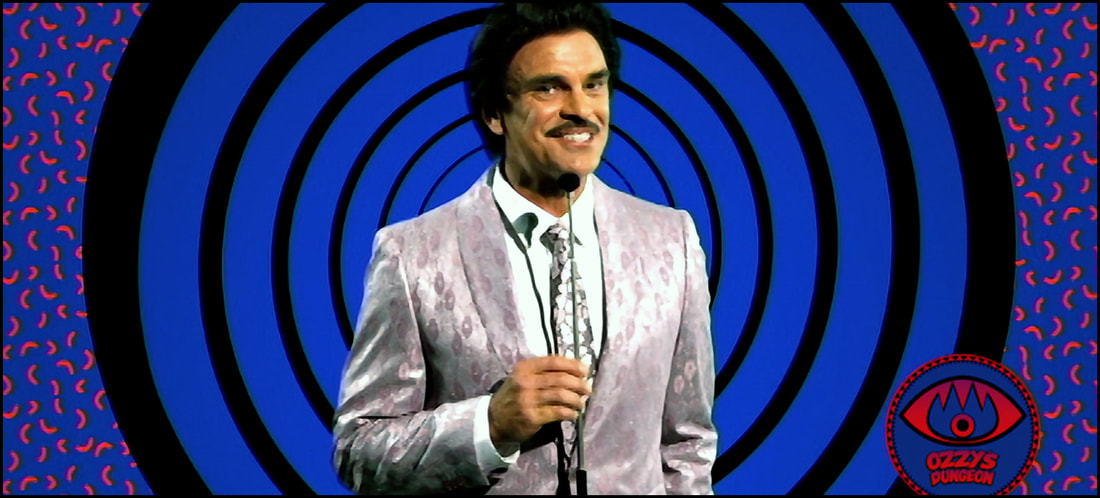
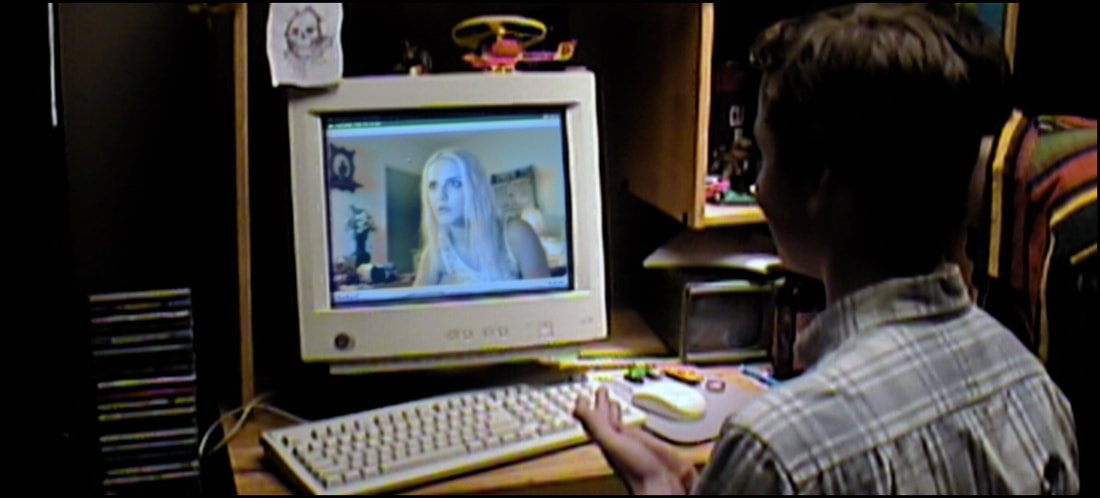
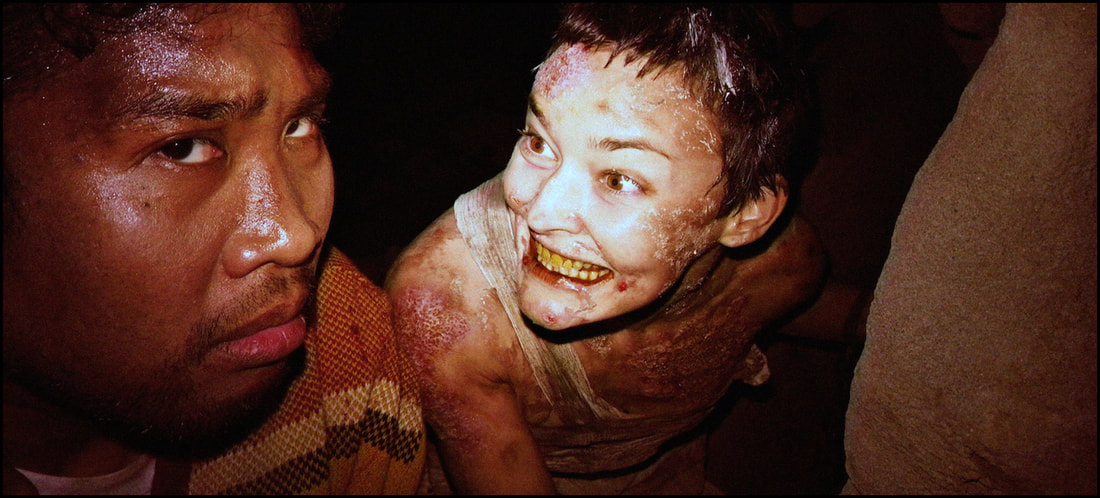
 RSS Feed
RSS Feed